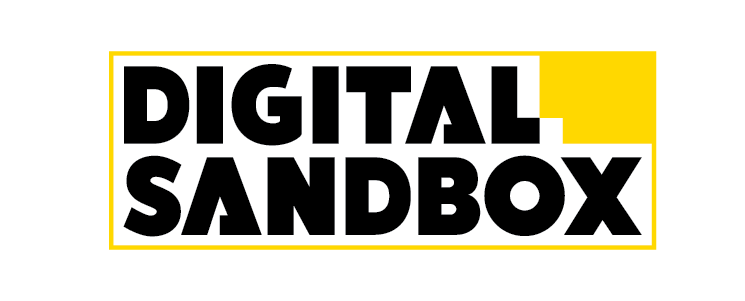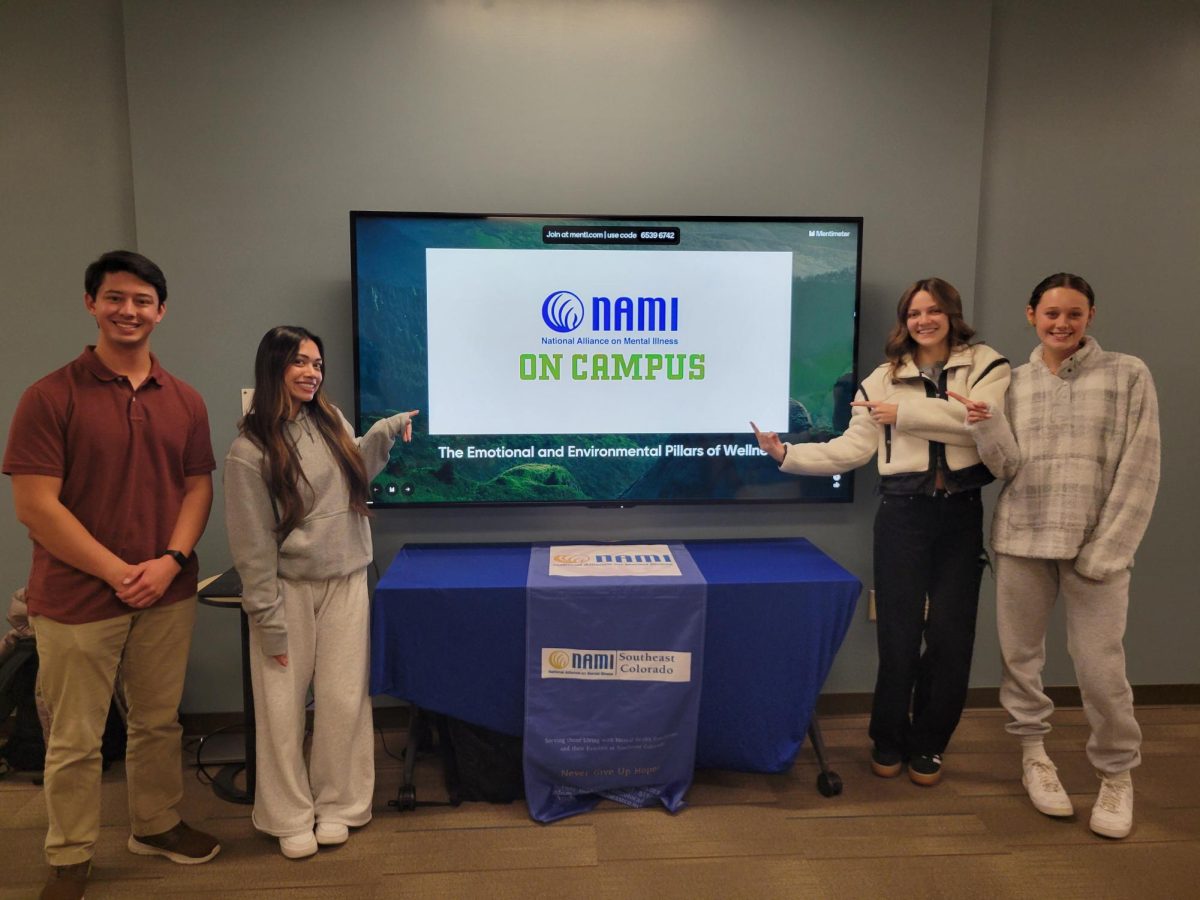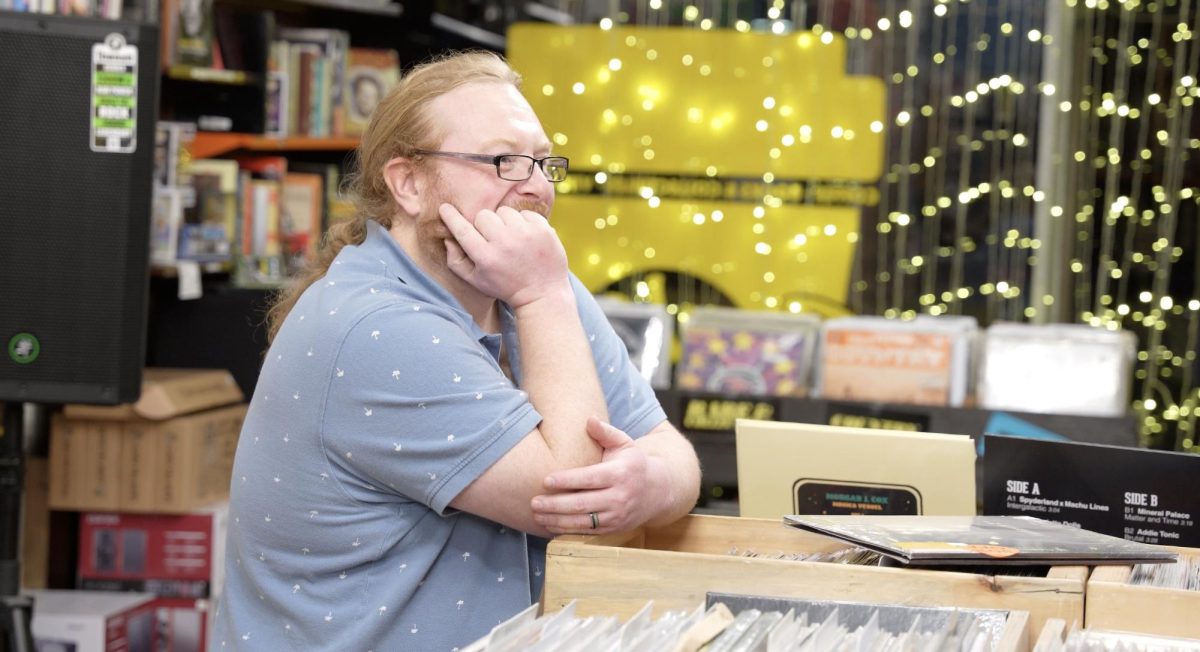With campaign season well underway, bias in the news is something consumers should expect. It is also something that can be coped with if appropriate measures are taken.

First of all, bias in the news can be expected because it was present through much of American newspaper history. During 19th century, media outlets were primarily in favor of either the Democrats or Whigs, according to information on the University of Wisconsin Center for Journalism Ethics website.
Today, news outlets are leaning partisan once again, which indicates that the news, much like the economy, is subject to trends. In a survey conducted by the George Washington University Institute for Politics before the last major election in 2007, 83 percent of likely voters said the media is biased in one direction or another. This number was up 19 percent from 2005.
Election years also contribute to perceived bias in news outlets. In 2008, only 8 percent of Americans believed that journalists did not favor either Barack Obama or John McCain, according to results from a Pew Research Center for the People and the Press survey. It seems inevitable that a similar trend will occur in the media during the 2012 elections.
Given that biased messages will be disseminated in print, radio and broadcast news, there are two logical approaches to responsible media consumption this campaign season.
First, consumers who prefer to read, watch or listen to news that aligns with their political views are completely free to do so. There is nothing wrong with reinforcing personal beliefs with media, so long as it is recognized that all sides may not be represented. In America, people are free to consume any type of media, but they should not lie to themselves by saying they know the whole story if they do not.
For consumers who truly do want to receive objective information, there is a way to get around the partisan press.
When survey research is conducted, the motto of “bigger is better” typically stands. In other words, the bigger a sample size is, the more accurate the survey results will be.
Along those same lines, when collecting information from the news media, more sources will generally reveal more accurate results. Instead of solely relying one news source, consumers can cross reference a variety of outlets to obtain different perspectives.
The key to gathering a successful sample of news information greatly relies on the consumer’s willingness to admit when bias in the news exists. In the end, when biased news is not recognized, an increasing number of people are misinformed.
To be fair, not all news outlets, journalists or stories purposefully engage in biased reporting. Many still attempt to minimize any blatant bias in news content. However, it is equally fair to say that pure objectivity is a myth because human beings make the decision of what stories run and what facts are included.
As the 2012 election season continues to impact media, consumers need to recognize that bias in the news exists. Consumers who dislike the trend of partisan news can adapt by gathering information from a variety of sources and attempting to negate the biases.







